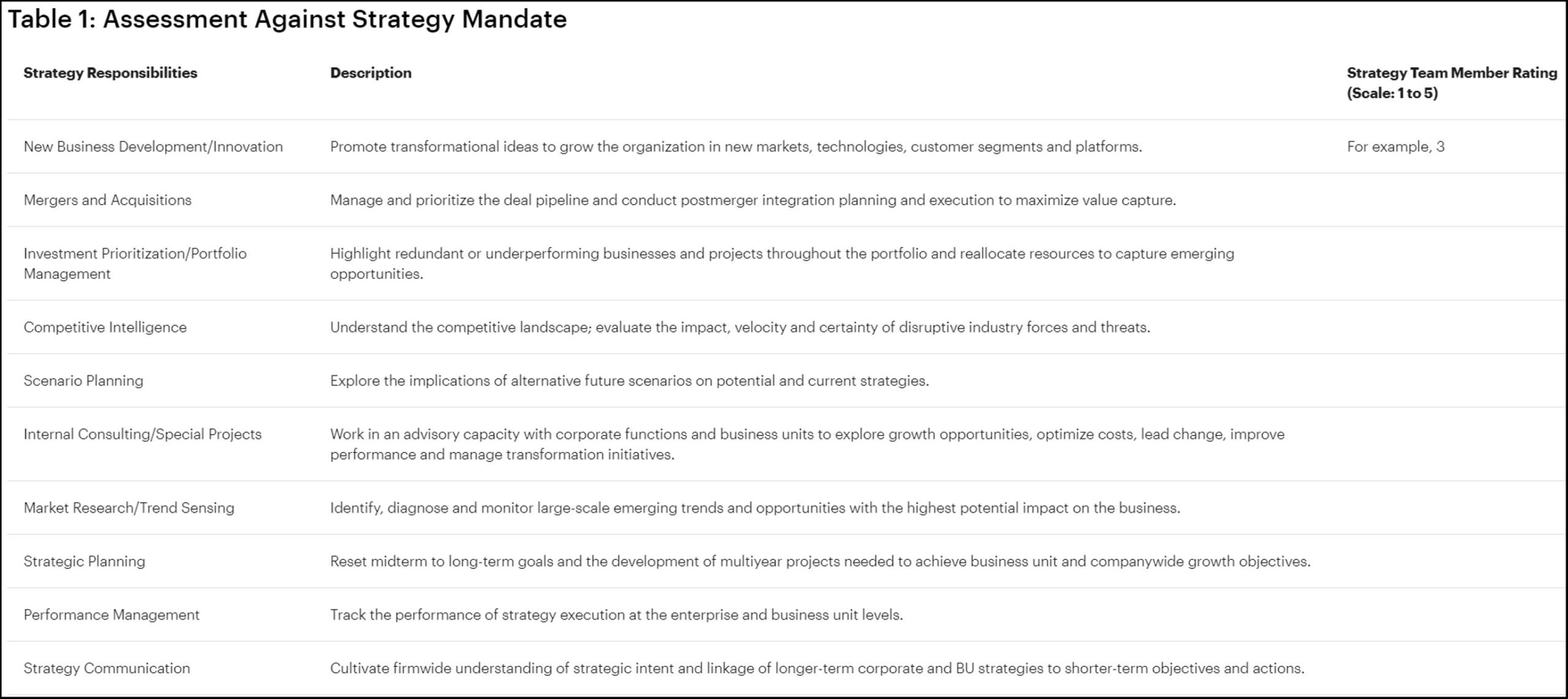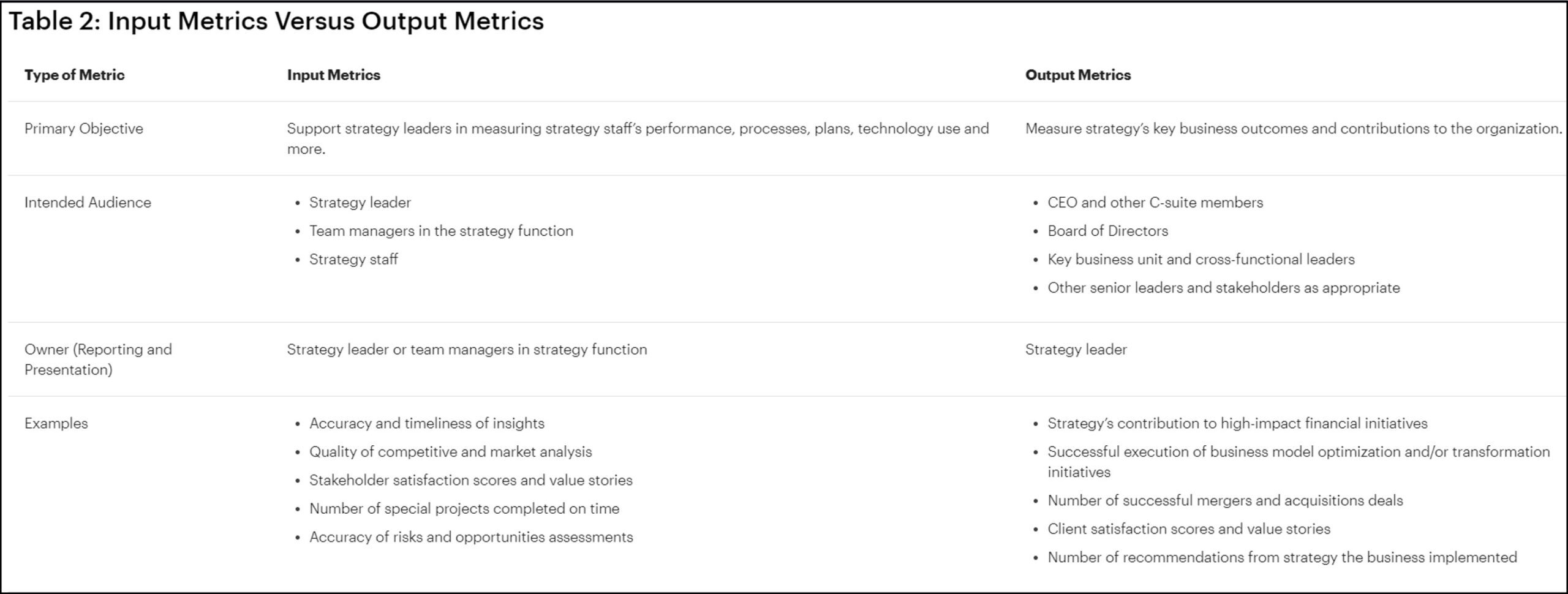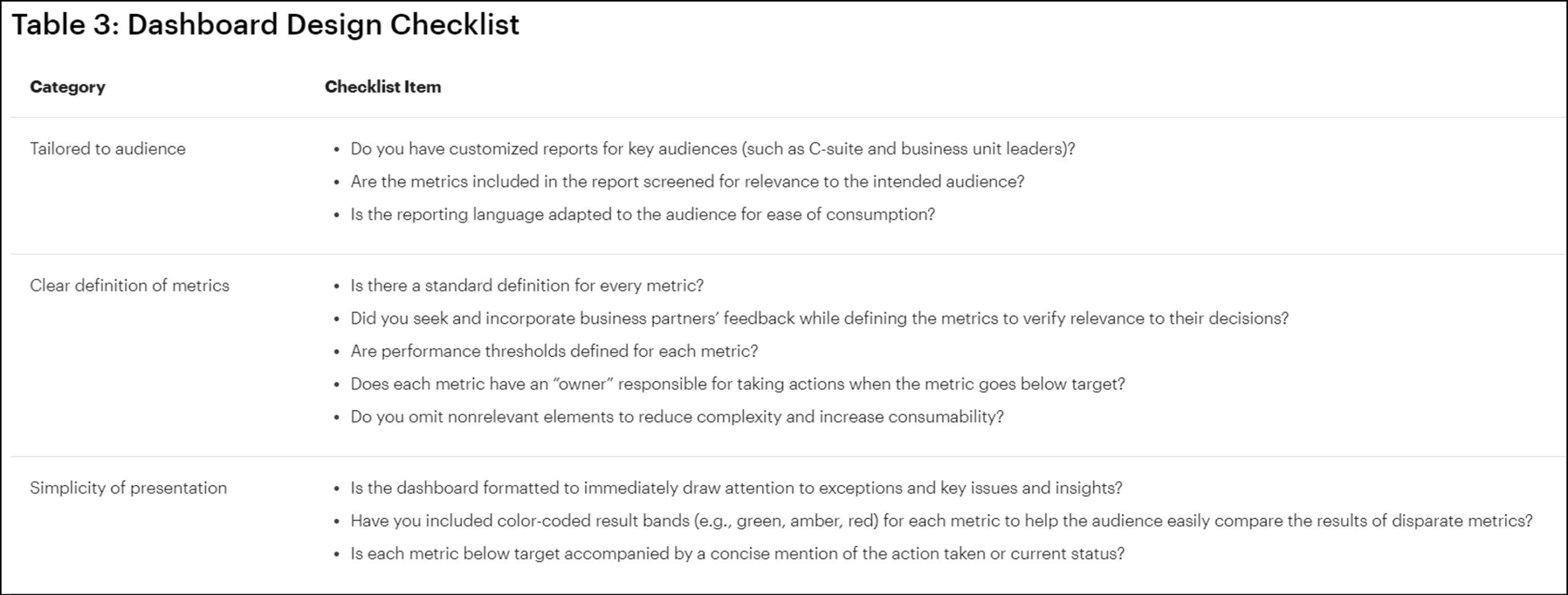Tracking and reporting performance metrics can enable in-house strategy teams to assess their effectiveness and ability to contribute meaningfully to the business.
The challenge is that identifying the right metrics can be challenging. While there are numerous ways to measure performance, not all metrics accurately capture strategy’s contribution or resonate with stakeholders.
A running joke is that the true measure of a strategy team’s success lies in the volume of calls they receive from business leaders to seek guidance. When leaders consistently turn to the strategy team for support, it signals that their expertise is valued, their insights are actionable, and their impact is recognized across the organization. But can we move beyond this measure?
Why Measuring the Strategy Team’s Performance is Challenging
Measuring and demonstrating the strategy team’s effectiveness is complex as it primarily acts in an advisory capacity, guiding business leaders with insights and recommendations. Its impact ultimately depends on how well those leaders execute.
Furthermore, by the time a strategy is executed, it often evolves in shape and scope to better fit reality, making it even more challenging to measure the true impact of the initial recommendation.
Due to these challenges, strategy teams often struggle to measure their own function, despite creating performance metrics for other areas of the business.
This guide provides a framework for selecting meaningful and high-impact metrics for the strategy function.
Using the Strategy Team’s Mandate to Measure Performance
Collaboration is critical for strategy teams, yet traditional performance management systems often prioritize individual accountability over shared results. To foster a collaborative mindset, strategy leaders should align performance management with shared business-centric goals rather than isolated, role-specific objectives.
One effective way to measure strategy team performance is to evaluate the team’s contribution against its defined mandate. As a result, business leaders should:
- Clearly articulate the strategy team’s mission and responsibilities
- Assess whether the strategy team’s work aligns with the strategic mandate
- Identify gaps in work and adjust the strategy team’s mission to reflect evolving priorities
- Ensure both short- and long-term wins are considered in performance assessments
Table 1 below provides an illustration of how to evaluate the strategy team’s performance against the mandate.
This structured evaluation allows strategy leaders to refine their team’s objectives and ensure performance measurement aligns with business impact.
Developing Strategy Performance Metrics and Assessing Relevance
Metrics can generally be classified into two categories.
- Input metrics measure internal activities, such as the number of strategic initiatives supported, completion of key deliverables, or engagement levels in strategy discussions.
- Output metrics reflect broader business impact, such as revenue growth from strategic initiatives, improvement in market positioning, or increased customer acquisition due to strategic interventions.
Table 2 provides a description of the main features of the two categories of metrics.
Once strategy teams understand these metrics and their objectives, they can move on to selecting the metrics that best suit stakeholder needs and functional objectives.
Input and output metrics are critical to identifying goals, creating functional strategic plans, and determining priorities. When strategy teams have weekly or monthly meetings, they should have an agenda: What should they focus on? Input metrics show leaders what they should do to achieve output metric targets.
Developing the metrics to measure a strategy’s performance and classifying them as input and output metrics is not enough. Strategy teams need to ensure the metrics selected to measure their performance are relevant and up-to-date with their changing roles and responsibilities. Regular meetings with stakeholders to learn which metrics help them achieve their objectives are often useful to stay updated on business needs. Some leading organizations also perform root-cause analysis to understand how metrics influence the business outcomes.
Communicating the Strategy’s Performance to Stakeholders
Effective communication is essential for demonstrating the strategy team’s value. Senior executives at most organizations receive business information from dozens of internal and external sources. Strategy dashboards compete with dashboards from finance, audit, compliance, and risk. In this crowded information space, strategy teams can’t simply expect executives to understand their (often too technical) information, translate it into a business context, figure out potential next steps, and make appropriate decisions.
Strategy teams must reduce the executives’ cognitive burden through what they report. On their own, KPIs and dashboards won’t accomplish this. Strategy teams need an action-oriented wrapper around the metrics to pave a path from information to actionable insights. The “three whats” technique achieves this:
- What? Show the numbers and what they’re indicating, placed in a context that the executive stakeholders can understand.
- So what? Relate the implications of the numbers for the audience they’re getting reported to. Why should the executives care?
- Now what? Recommend specific actions for the organization to take. This is where strategy teams can drive dynamic action and decision making because they are not just giving executives a status update;
By proactively interpreting data, outlining the implications, and providing actionable insights, strategy leaders increase their influence over executive decision-making.
Building a Performance Dashboard
By keeping in mind the insights mentioned above, strategy teams can build a well-designed performance dashboard that consolidates key metrics and facilitates data-driven decision-making.
To make the dashboard effective, strategy teams should:
- Involve functional and business leaders in its development to ensure relevance.
- Conduct annual reviews to remove outdated or irrelevant metrics.
- Translate data into specific actions rather than just tracking performance against preset objectives.
- Drill down into granular insights that connect strategic activities with business outcomes.
- Include external market indicators to contextualize performance within broader economic and industry trends.
Also, strategy teams should ensure their dashboards capture the appropriate depth and granularity of data, focusing on insights that are relevant and actionable. Dashboards should provide a high-level view of strategic decision-making while allowing for drill-down capabilities when more detailed analysis is required. Typically, this means selecting fewer but the most impactful metrics to populate the executive dashboard.
Table 3 provides a Dashboard Design Checklist that you can use to develop an effective dashboard.
The bottom line
In-house strategy teams play a critical role in guiding the business, yet their contributions are often difficult to quantify.
By developing a well-defined measurement system, strategy teams can align performance tracking with their mandate and responsibilities, use a mix of input and output metrics to assess their effectiveness and business impact, tailor performance reporting to meet the needs of different stakeholders, and build action-oriented dashboards that translate data into strategic insights.
A thoughtful approach to performance management strengthens a strategy team’s role as a trusted business partner and ensures its contributions drive meaningful impact.
Jason Oh is a Senior Manager at TD Bank’s Enterprise Strategy team. Previously, he was a strategy consultant at Strategy&, EYP, and Novantas, where he led and contributed to high-impact projects that delivered top- and bottom-line growth for leading financial institutions.
Image: DALL-E
🔴 Found these ideas useful?
Sharpen your edge



